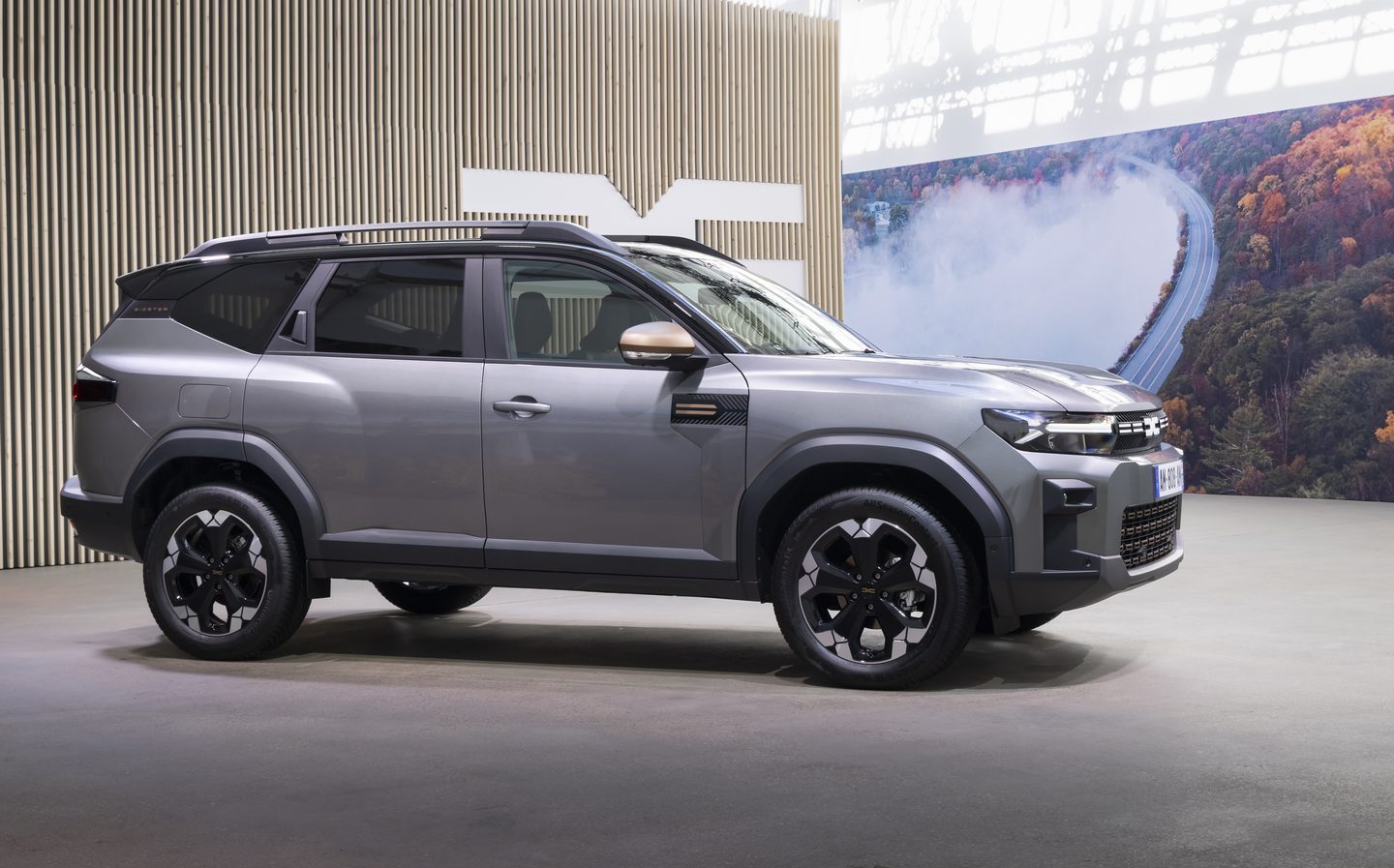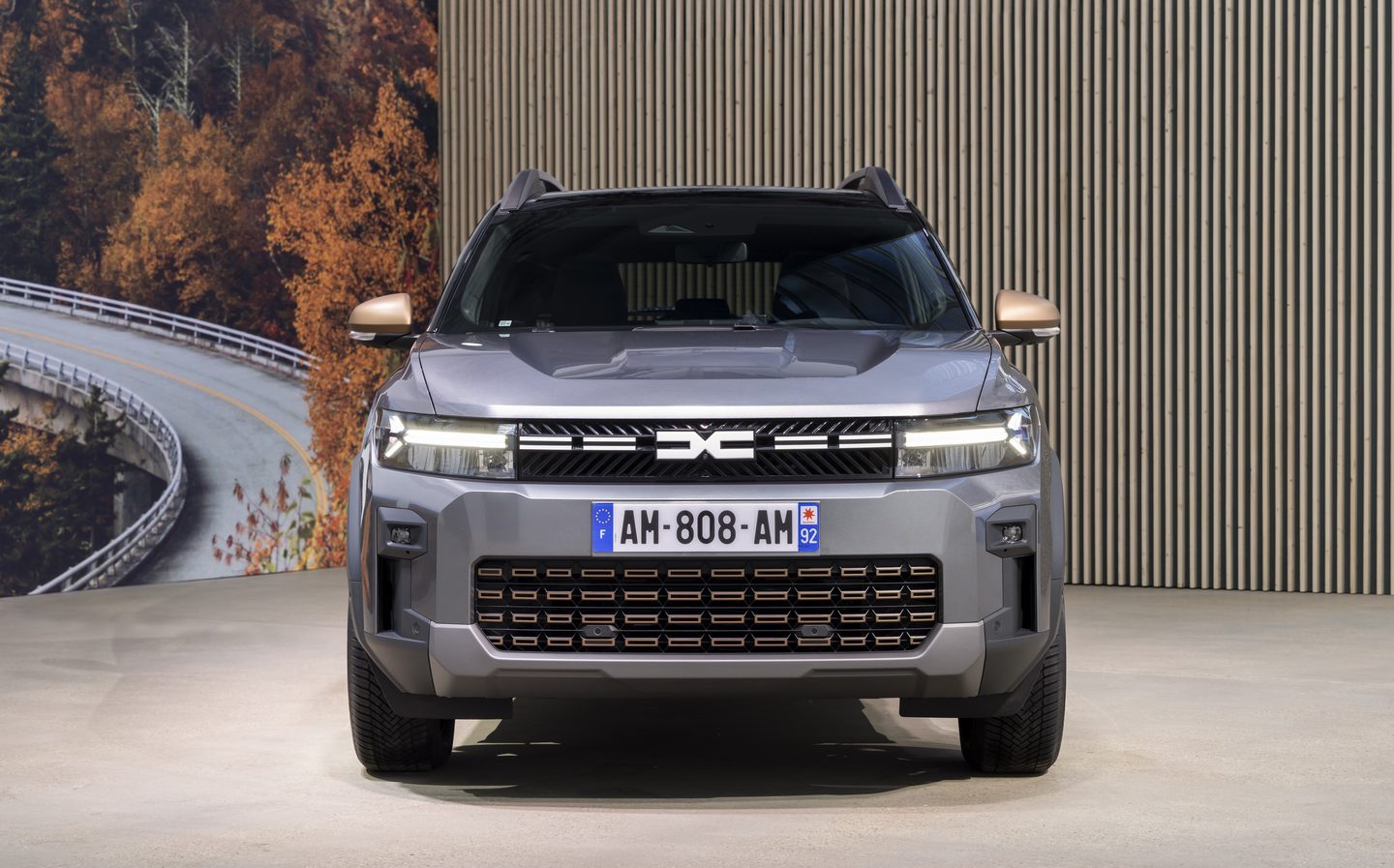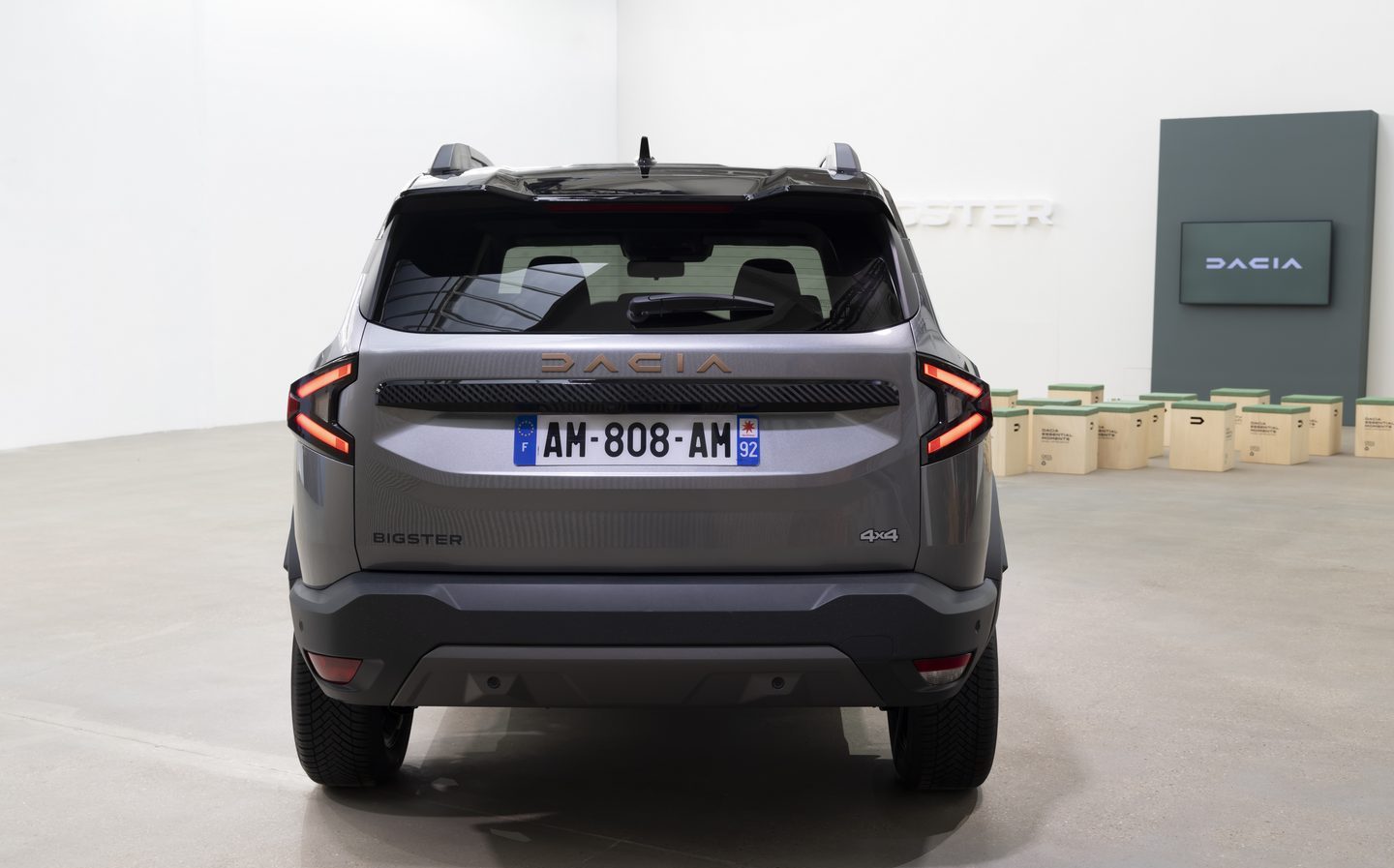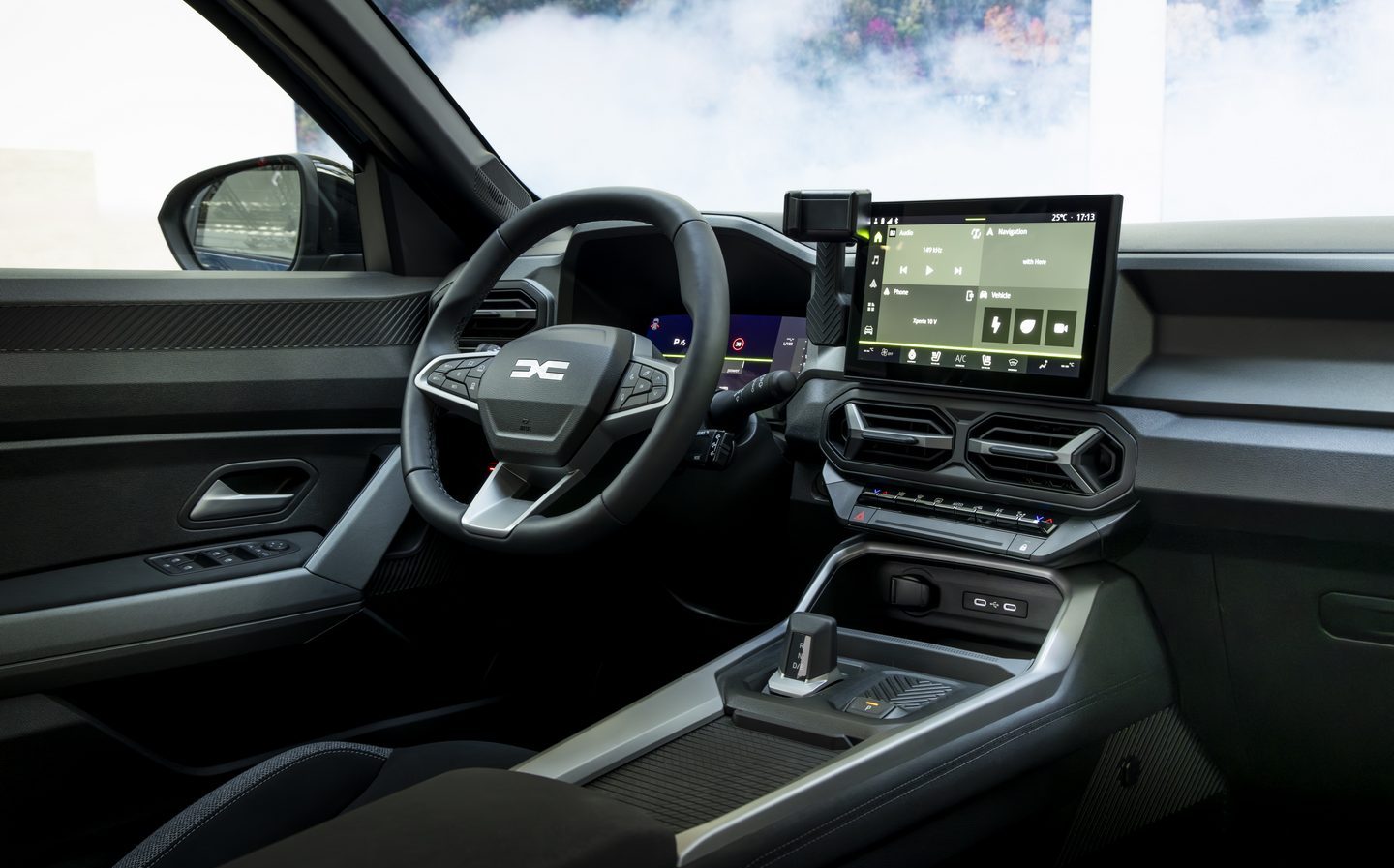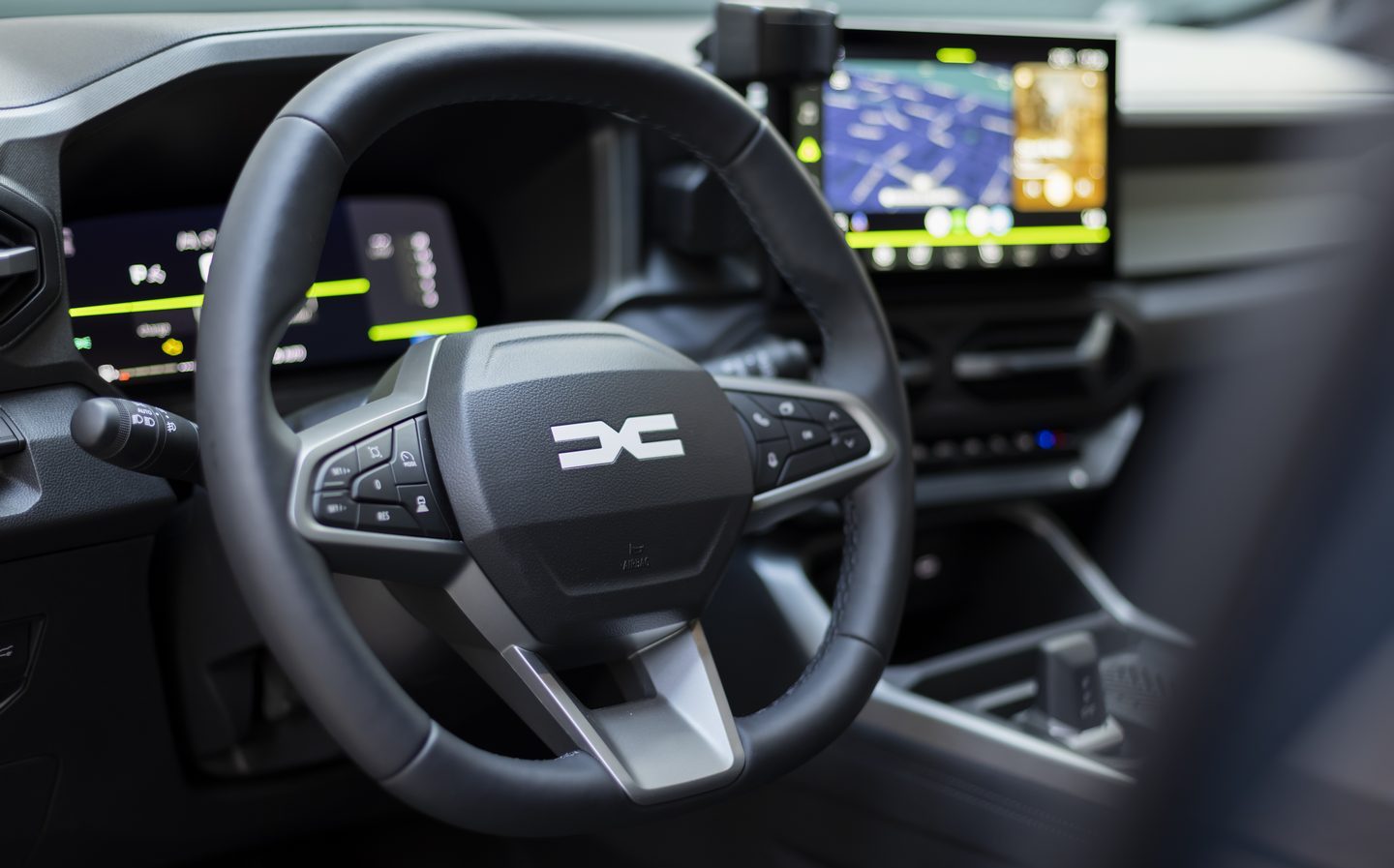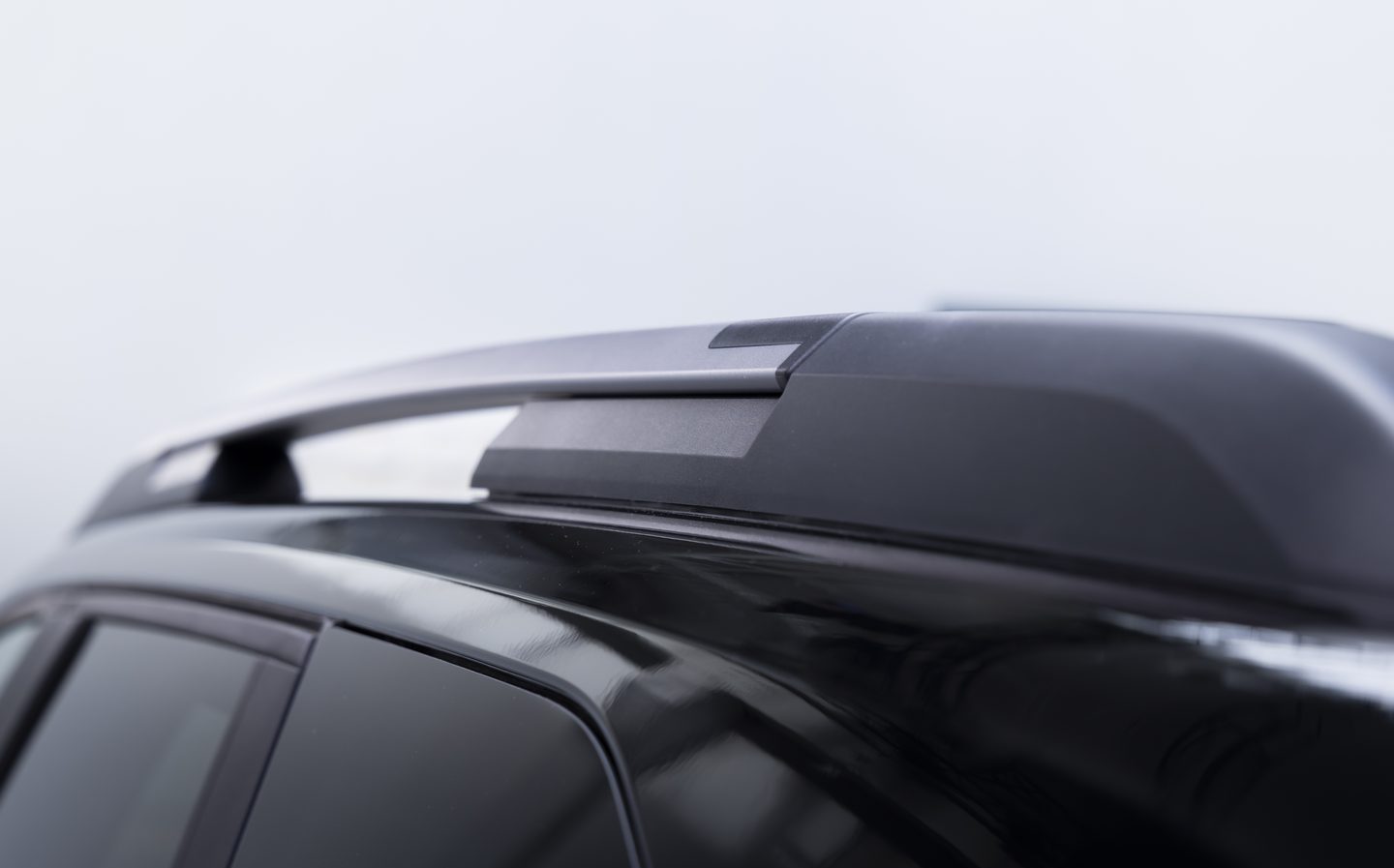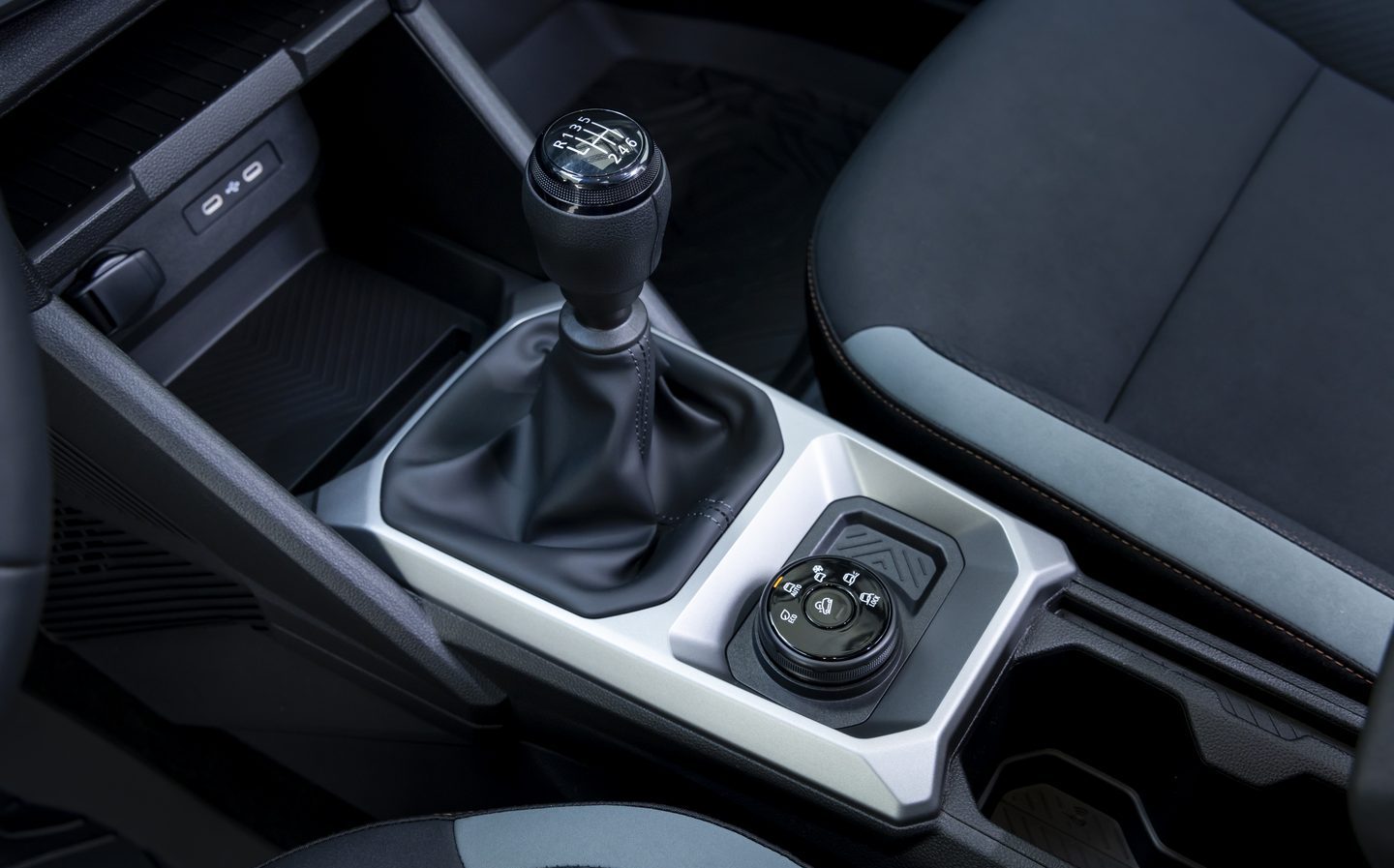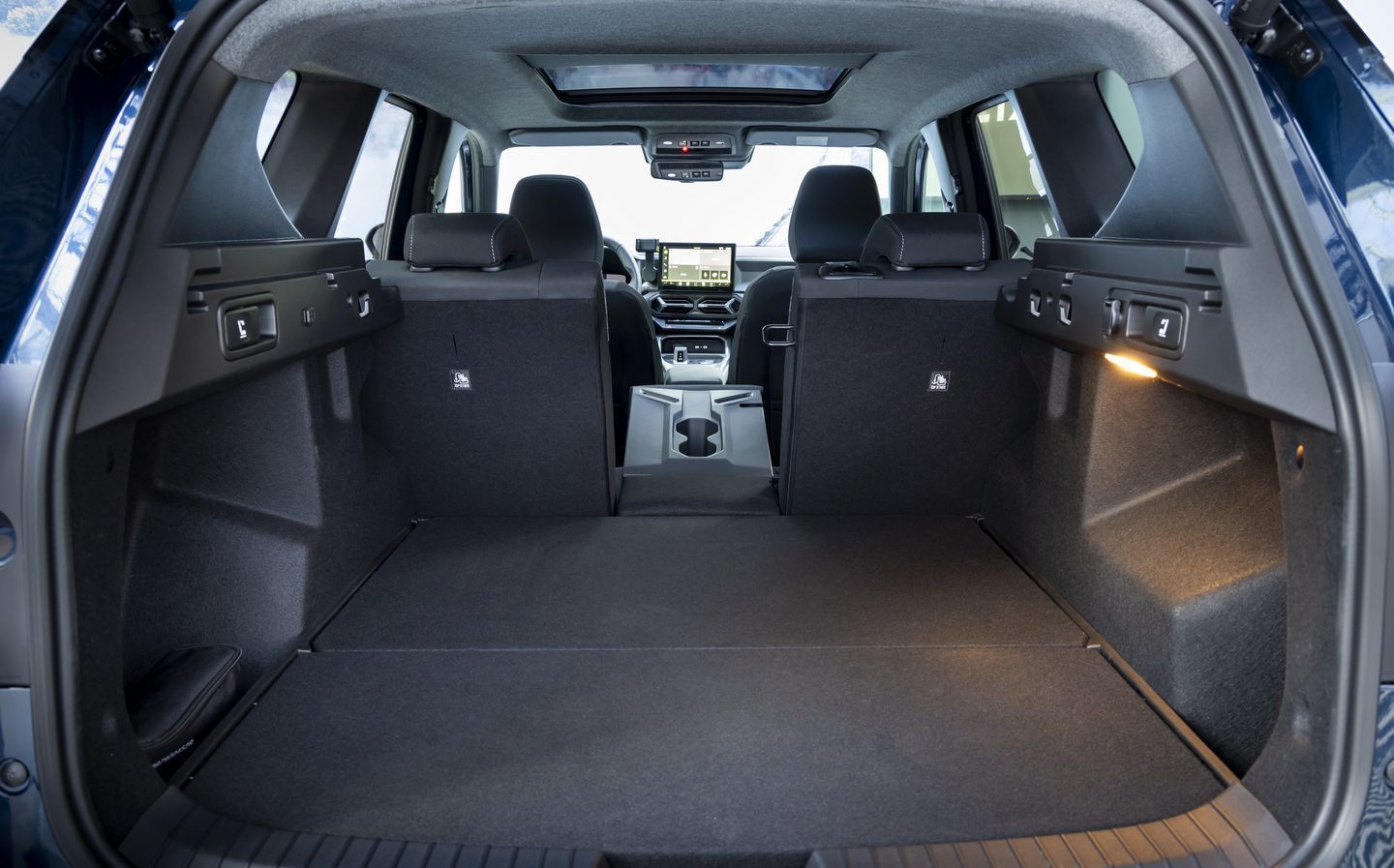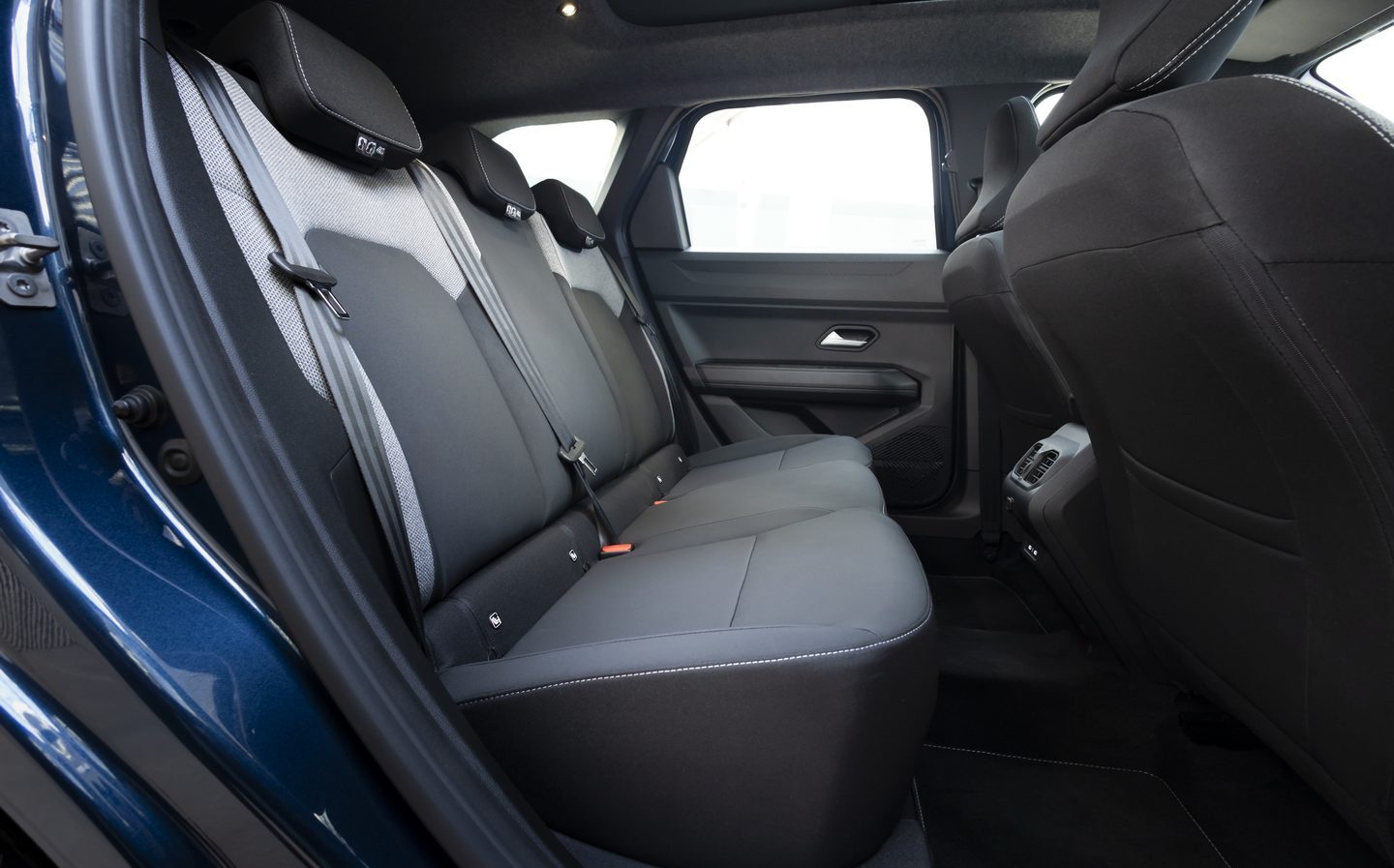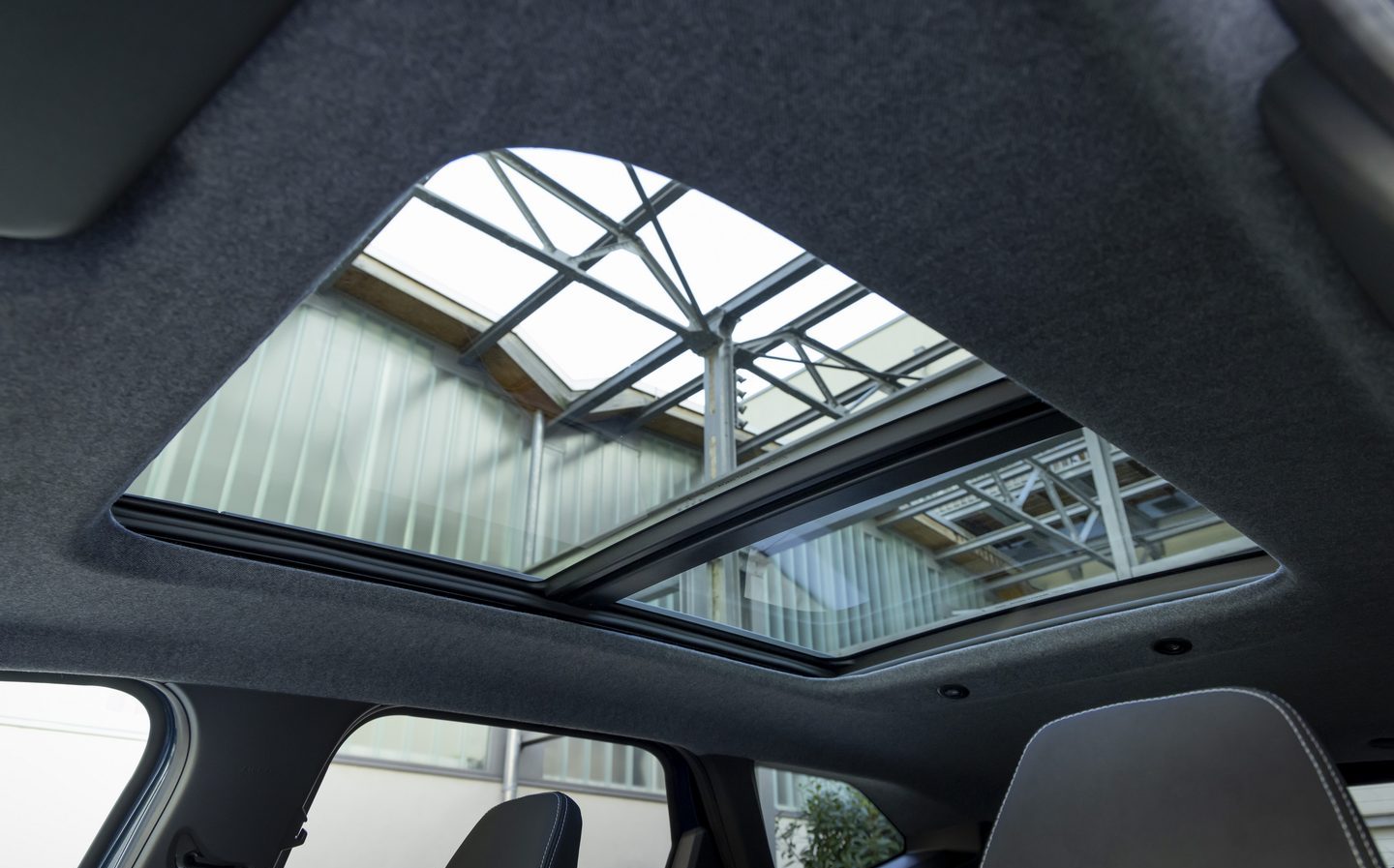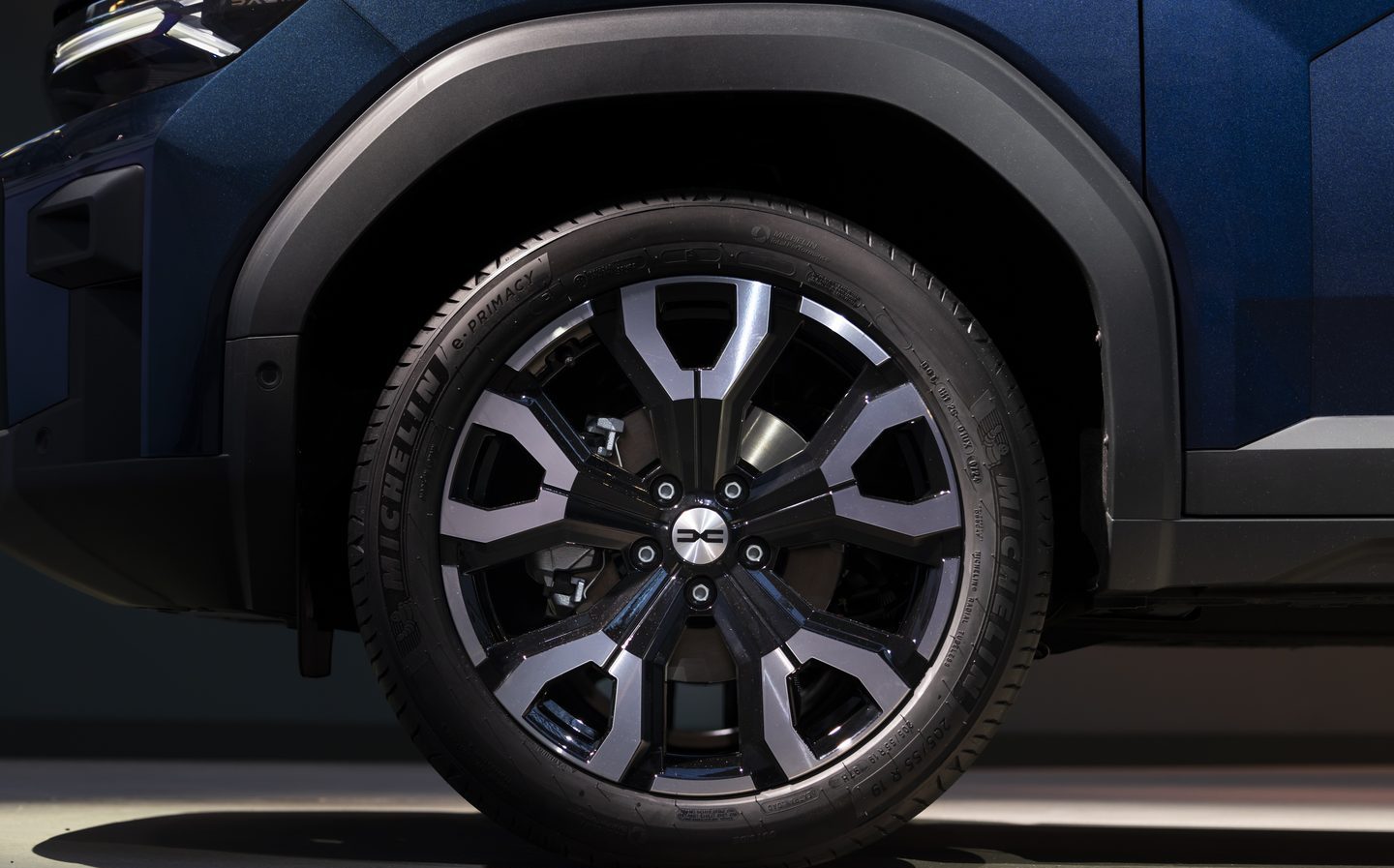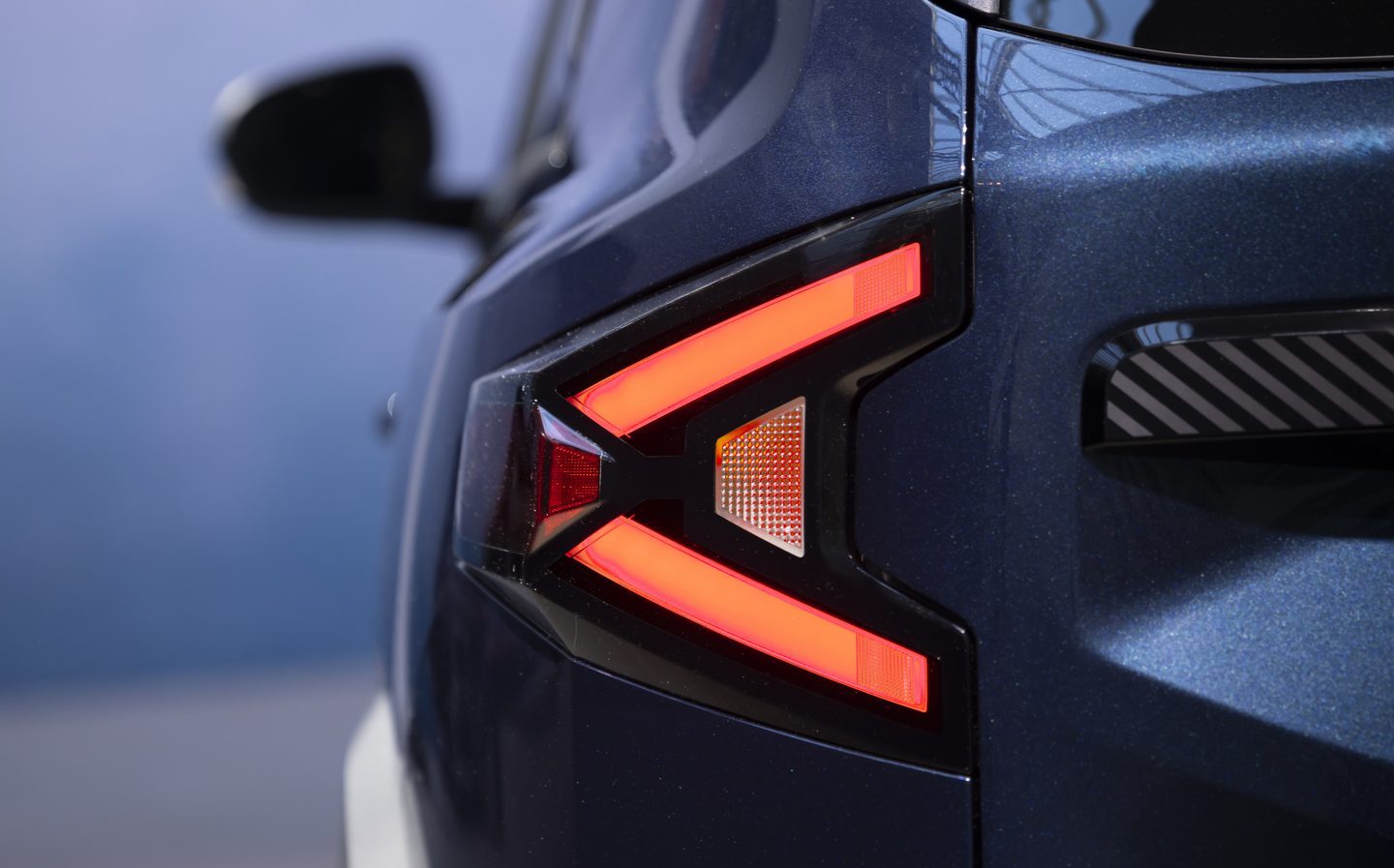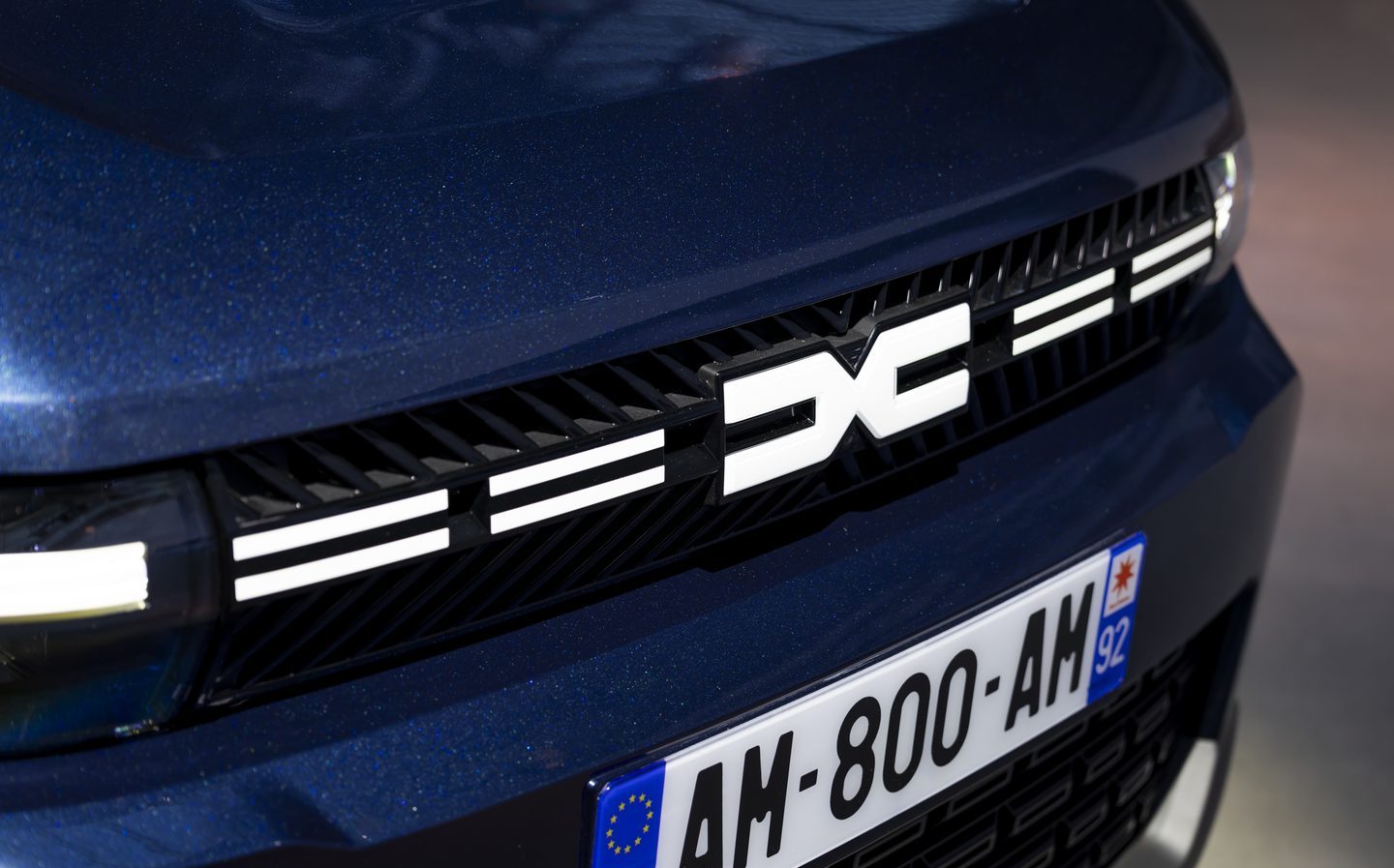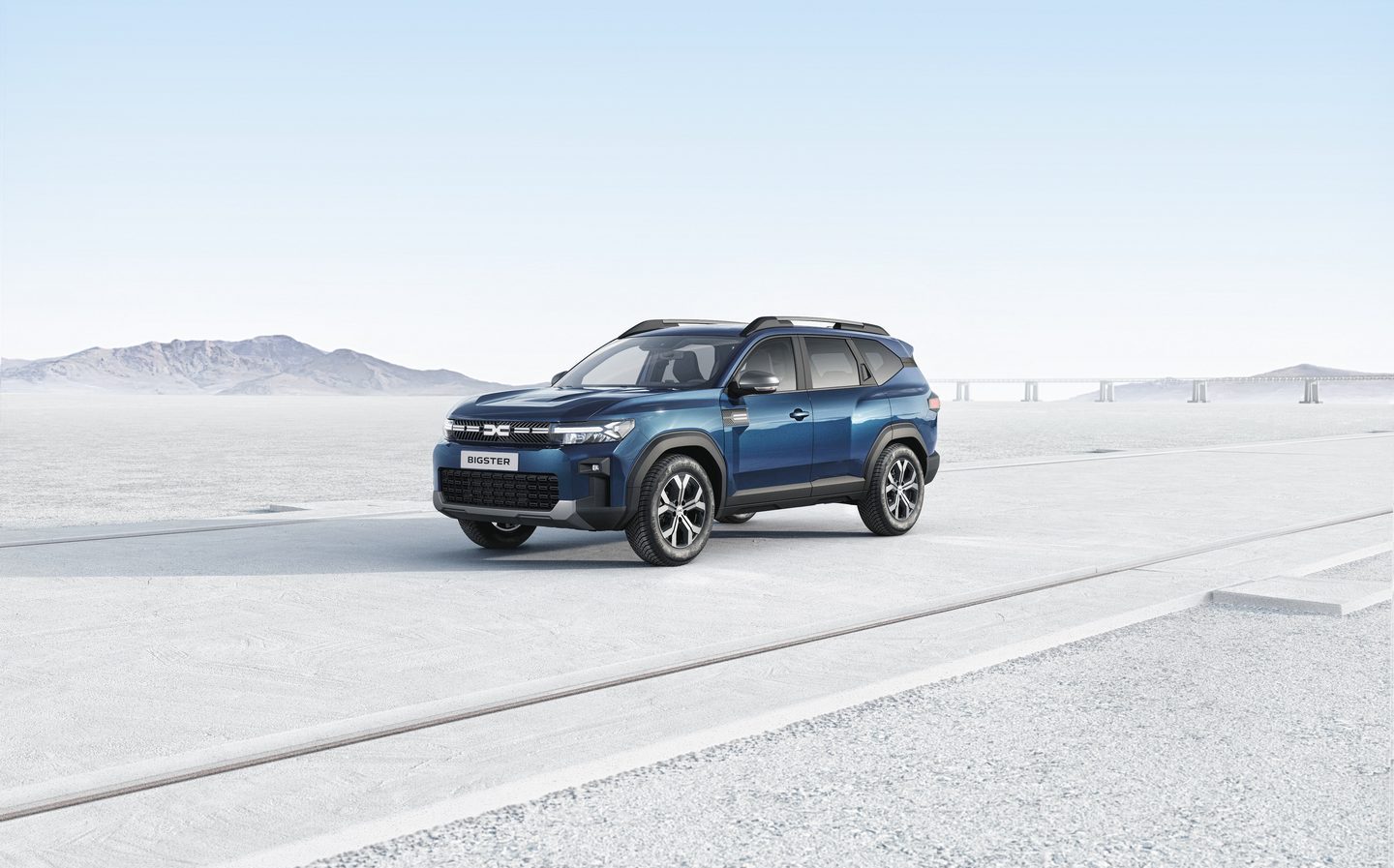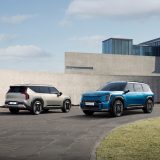Dacia unveils Bigster: A rugged new rival for the Nissan Qashqai
Two more cars expected from Dacia soon
Three full years after Dacia revealed a rugged concept car named the Bigster it has taken the covers off the showroom-bound version, a five-seat SUV designed to compete with the biggest sellers in the UK market, including the Kia Sportage and Nissan Qashqai — though Dacia promises that the Bigster will be a true Dacia with the best value for money in its segment.
At launch, the Bigster will be available with a choice of electrified powertrains, but no diesel option. The most efficient variant, called the Hybrid 155, will be powered by a development of the hybrid system currently fitted to the Dacia Jogger Hybrid. It features a four-cylinder petrol engine optimised for economy, a small battery, two electric motors and an innovative six-speed automatic transmission that does without a clutch.
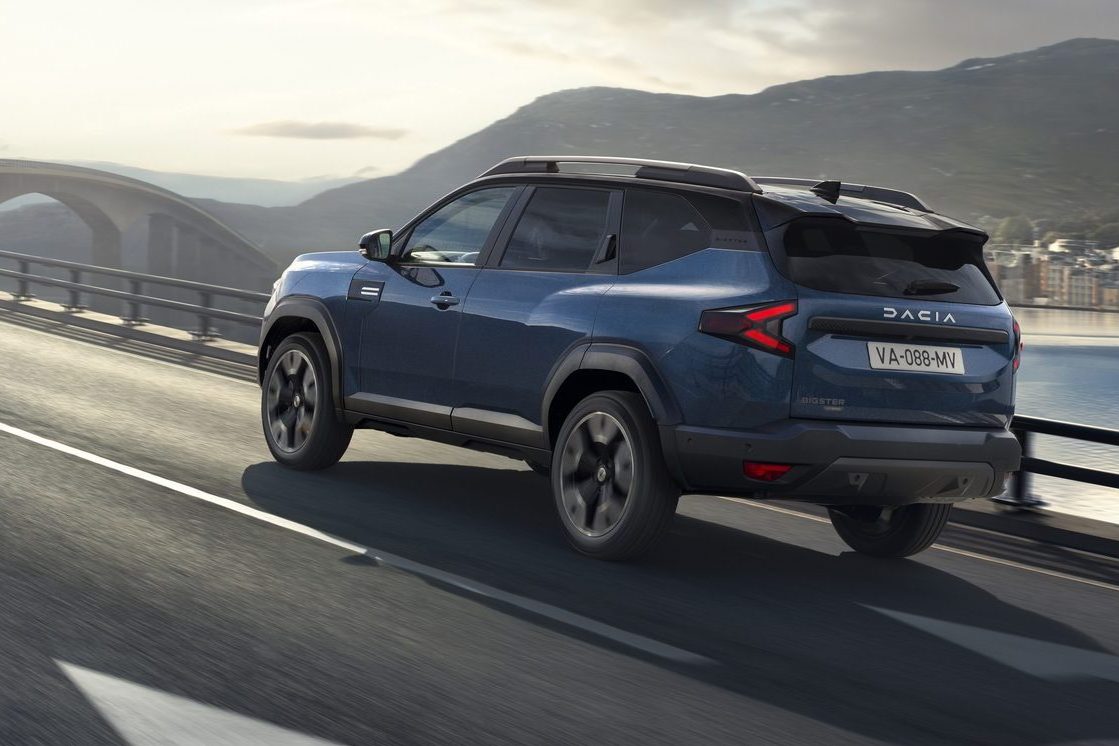
Peak power is 153bhp and while the emissions and fuel economy figures have yet to be confirmed, Dacia says the system is about six per cent more efficient than that of the Jogger. What’s more, the Bigster hybrid has a higher towing rating, up to approximately one metric tonne.
Four-wheel drive offering is limited
Nonetheless, there is no four-wheel-drive variant of the hybrid model offered. If buyers need the extra traction of four-wheel drive, they are restricted to the Bigster TCe 130 4×4 for now. This is powered by a three-cylinder 1.2-litre petrol engine augmented by a 48-volt mild-hybrid system that assists the engine under acceleration, rather than providing separate propulsion.
Peak power is 138bhp and the only gearbox option is a six-speed manual. Five off-road driving settings include those for driving on snow, mud or sand.
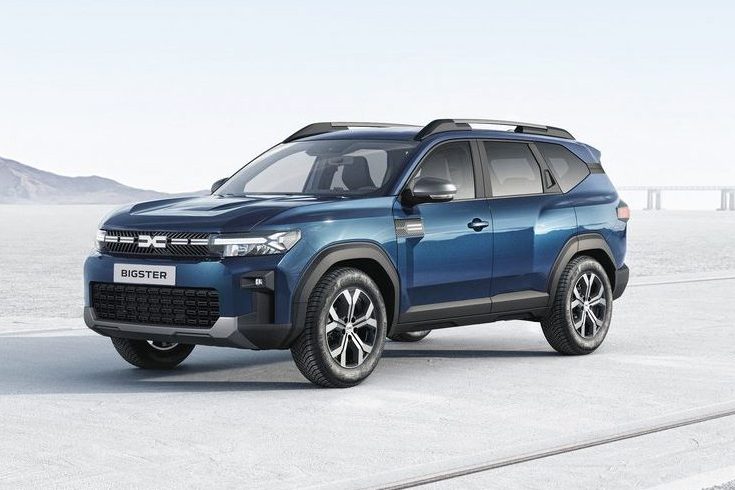
Propping up the range is the Bigster TCe 140, using the same core mild-hybrid set-up as the all-wheel-drive variant, though with a little more power. Again, it’s mated to a manual gearbox.
Three trim levels, with more equipment than ever in a Dacia
As the Bigster will be competing in a more expensive segment than previous Dacias, the company has sensibly added more luxuries as standard. The entry-level Expression model features dual-zone air conditioning, 17in alloy wheels, roof bars, a 10.1in touchscreen running Apple CarPlay and Android Auto, rear parking sensors and camera, electric windows and mirrors all round and digital instrumentation.
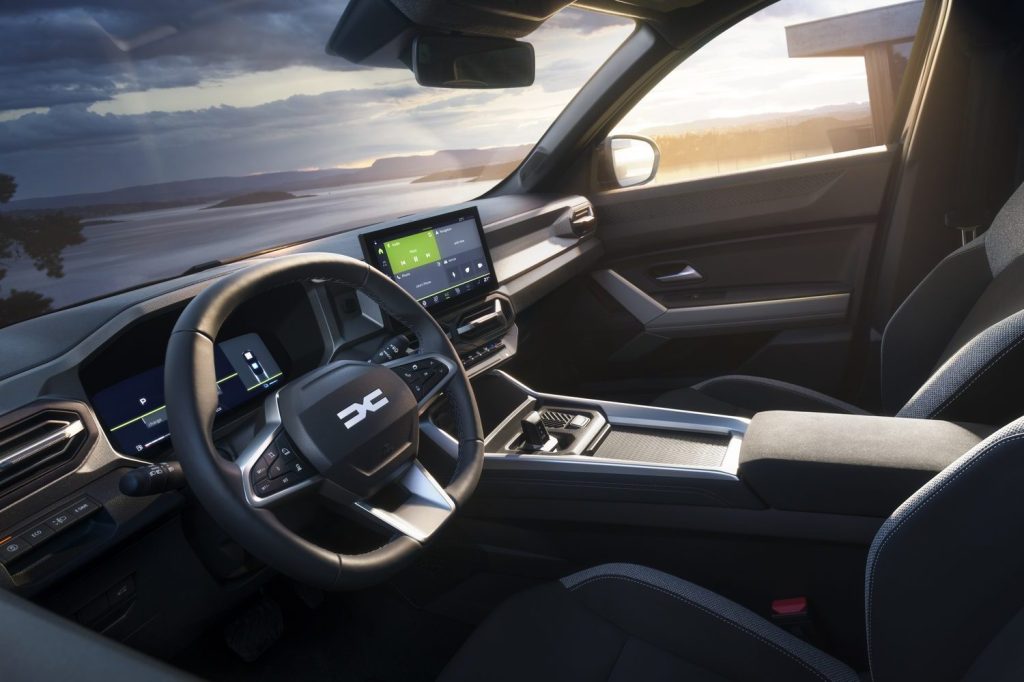
The Extreme and Journey models feature extra creature comforts, and at the top of the tree customers will get an electrically adjusted driver’s seat, wireless phone charger and adaptive cruise control, for example.
The Bigster will be available with 19in wheels as an option, and Dacia’s own “YouClip” accessories extending to coat hangers, phone/tablet holders, storage pouch and — one Dacia is particularly proud of — a 3-in-1 portable torch, bag hook and cupholder.
More substantial accessories that fit in with Dacia’s outdoorsy image include a Sleep Pack, a roof rack that fits to the modular bars and even a tent to attach to the back. If buyers need more space than the — already quite capacious — 667-litre boot provides, there’s also a Cargo Box to mount on a towbar.
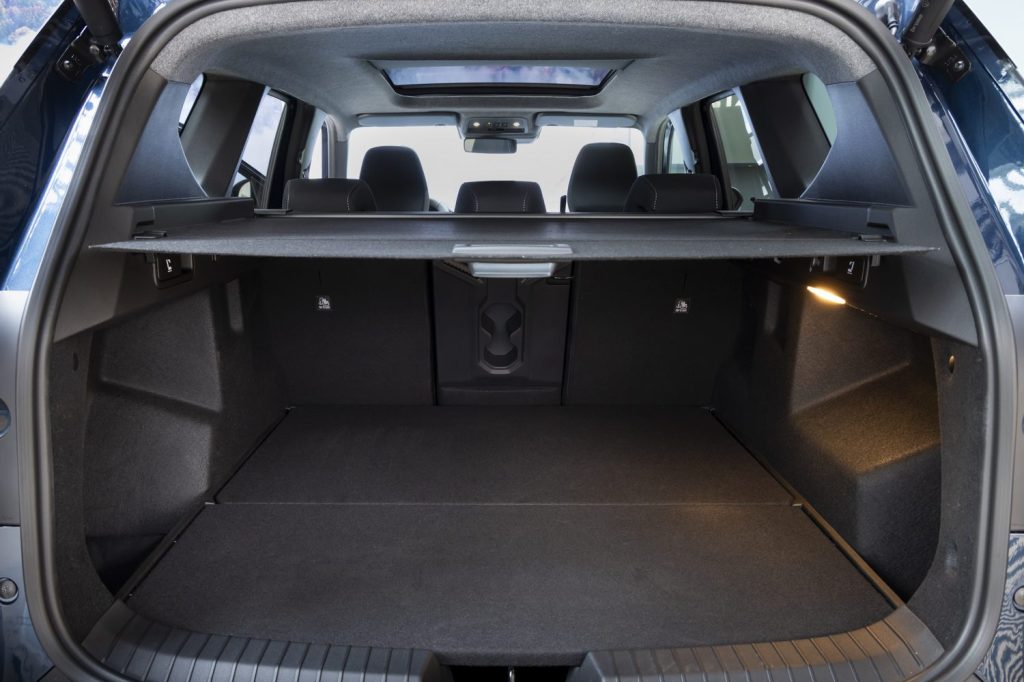
Simple approach to sustainability
Dacia says that the Bigster features one fifth recycled plastics — more than is the norm in the automotive industry. The lower body protection is made from a special material called Starkle, an untreated finish using 20 per cent recycled polypropylene and with a distinctive mottled look.
Further reducing the need for paint (in production and after carpark dings), the front and rear skid plates use dyed material. Savings elsewhere include a smaller owner’s manual to reduce paper use and a decision by Dacia to completely stop using chrome and leather.
No doubt those measures should also help keep the cost of production down. At the time of writing, Dacia has not confirmed UK pricing for the Bigster, though it will sit above the new Duster in the line-up, which costs between £18,745 and £23,745. Hopes are that the Bigster will come in under the £30,000 mark. First deliveries are expected in early 2025.
Related articles
- If you found this article about the new Dacia Bigster interesting, you might want to read our review of the new Dacia Duster as well
- Thinking of getting behind the wheel of a new vehicle this year, as a private or company car driver? Check out 11 of the most exciting new models arriving in 2024
- Did you hear Dacia plans to compete at the 2025 Dakar Rally?
Latest articles
- Porsche 911 Carrera S 2025 review: Harder, better and faster – but is it the best 911?
- F1 2025 calendar and race reports: The new Formula One season as it happens
- Seven great automotive events to visit this summer, from F1 to art and champagne
- Watch new Porsche 911 GT3 smash Nürburgring record for manual cars
- Skoda Elroq 2025 review: Czech carmaker can’t seem to miss with its electric family cars
- Five best electric cars to buy in 2025
- Should I buy a diesel car in 2025?
- Zeekr 7X AWD 2025 review: A fast, spacious and high tech premium SUV — but someone call the chassis chief
- Denza Z9GT 2025 review: Flawed but sleek 1,062bhp shooting brake from BYD’s luxury arm


